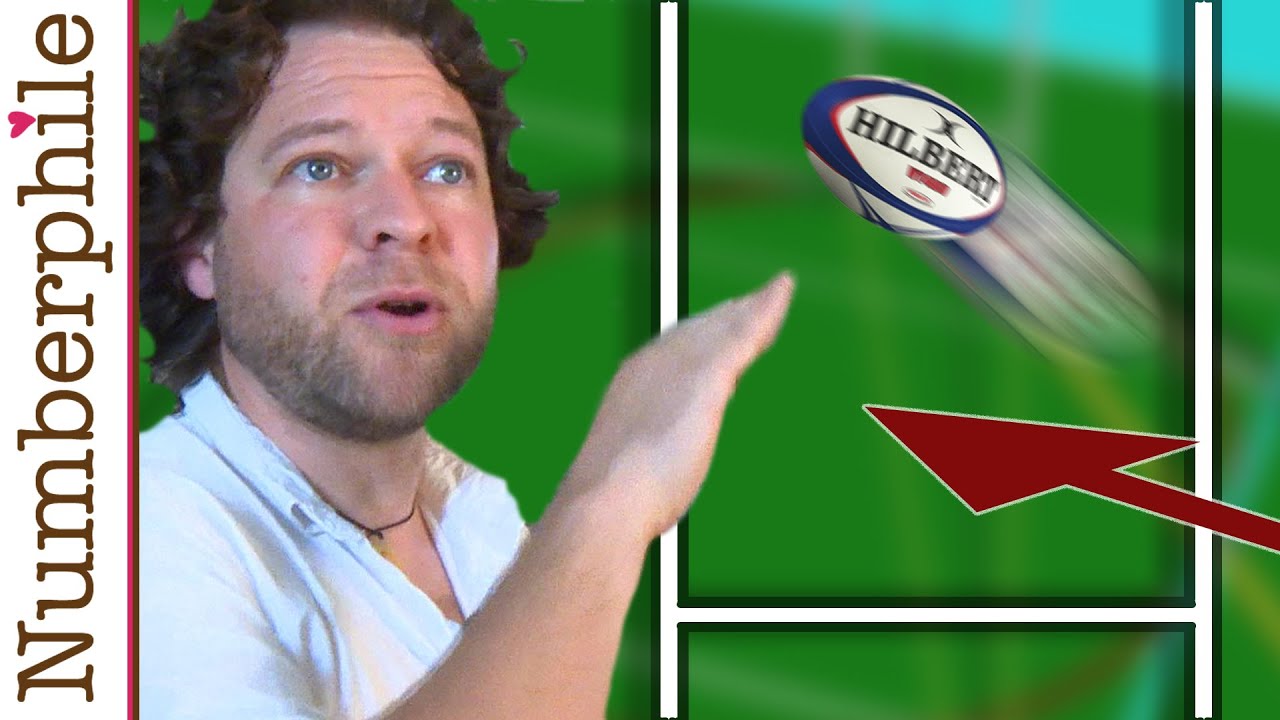In rugby, after scoring five points by carrying the ball over the opponent’s goal line (called a “Try”, equivalent to a touchdown in American football), a team may score two additional points called a “Conversion” by kicking the ball through the goal posts above a bar. This is similar to a one point conversion in American football, but rather than the kick being taken from a point between the hash marks at the centre of the field, in rugby the kick must be taken along a line perpendicular to the goal line which intersects where the ball crossed the goal line.
This presents an interesting optimisation problem. The closer to the goal line the kick is made, the shorter the distance to the goal posts and bar and easier it is to reach them, but the smaller the angle subtended by the two goal posts and the more difficult it is to kick the ball between them. As you move back from the goal line, the angle between the posts increases but the distance you have to kick does as well, and after a while the angle subtended starts to shrink again due to distance.
What’s the best place to make the kick, and how do rugby players solve this optimisation problem in their heads?
Unrelated to rugby, but did you know that a “drop goal” is still valid in American professional football? This is where a drop-kick is used to score a field goal or conversion point instead of the usual place kick with a holder. This is one of the rarest plays in American football—the last time it was successfully done was by Doug Flutie in a post-season game between the New England Patriots and Miami Dolphins on 2006-01-01 for a conversion point, and prior to that the last occurrence in a professional game was in 1941.

